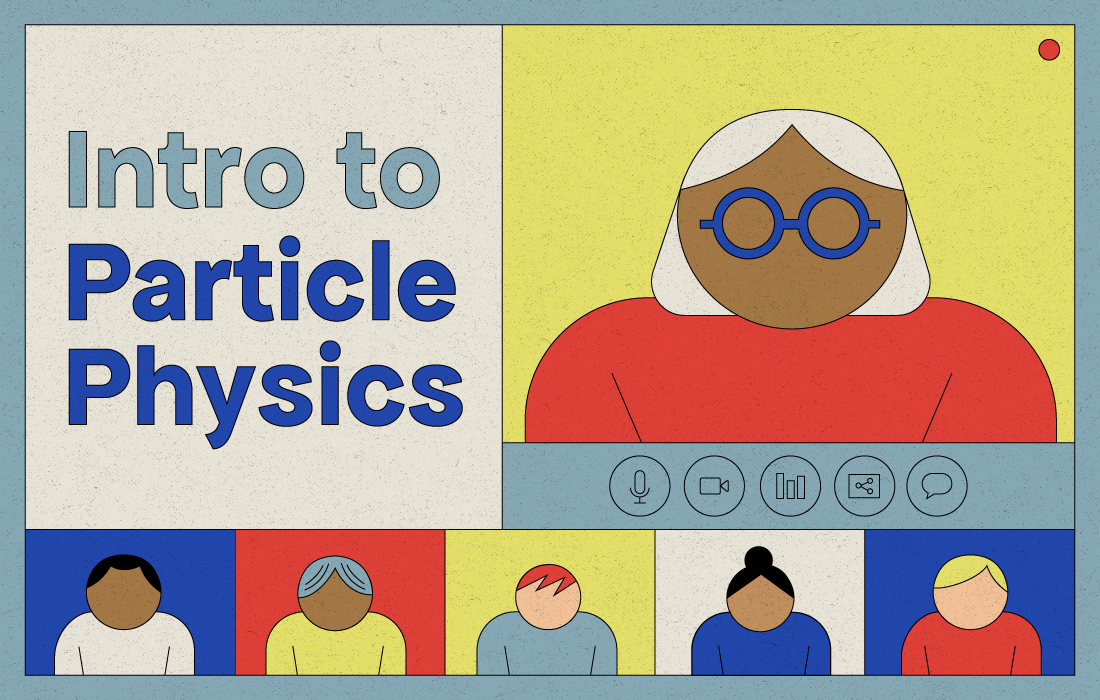
Learning in university doesn’t boil down to one thing — rather, it requires students to create a toolbox that helps support their learning both inside and outside of the classroom. One of the most important tools in this box — and one every class should consider — is recorded lectures.
For starters, let’s dismantle some of the common arguments around why lectures should not be recorded. A chief concern is that recording lectures will impact attendance negatively because if students know that the lecture is being recorded, there is less incentive to attend the class.
That concern often leads itself to another one — that lecture recording leads to decreased student engagement in class because the material is there for students to come back to at any time.
While recording lectures might lead to concerns surrounding student attendance and engagement, I think other factors contribute far more.
Recorded lectures don’t stop students from coming to class at the time it is offered because they aren’t a replacement to the class itself. To ask questions, talk to peers and get the full learning experience, you still have to come to class.
For another, student engagement isn’t a light switch that can just be turned on. It requires much effort to be made on the design of the course and the delivery of the material. Simple activities like Kahoot! can go a long way in student participation.
While concerns for student attendance and engagement proliferate the argument against recording lectures, they also miss the bigger point of why recording lectures is important.
It’s been well acknowledged that all students learn differently. Some of us capture lecture content by writing notes, drawing visuals or recording voice memos of the material we understand.
Even if there is no one best method to learn during a lecture, students often aren’t able to capture everything said in class. When reviewing notes, many students may realize that there is a gaping hole in their understanding or just need to hear the professor say it once more.
It’s during those moments that having recorded lectures is absolutely crucial.
In addition to being important tools of review, recorded lectures allow students the time to think in real time in class. In lectures that I know aren’t going to be recorded, I always feel scrambled to capture all the important parts of the lecture in notes that I will be able to fully comprehend after the lecture is finished.
In between listening, comprehending and taking notes, my hands and brain are pretty full. It’s not until after I review the lecture that I come up with additional questions and connections to the material.
But when lectures are recorded, students can focus on taking in the material without the worry that they will miss any important points.
Recorded lectures also allow students to learn at their own pace, including having the ability to press pause, learn in smaller chunks and avoid classroom distractions. Having this flexibility to personalize learning may also be beneficial to students who are neurodivergent, including those who are austistic, dyslexic or have ADHD.
Lastly, each of our lives look different. Sometimes we have to miss class because of illness, mental health or other emergencies. Other times, students may not be in class at the scheduled time because they are working one or more jobs to stay financially afloat, have families to look after or are experiencing situations beyond their control.
During those situations we shouldn’t be putting students in an even harder place. But by not recording lectures, students might have to choose between their health and learning, often missing their lecture altogether. Neither option is optimal nor right.
Regardless of the learning environment, in-person or online, recorded lectures are important learning tools that should be present in every class.
—
This op-ed was written by a University of Saskatchewan undergraduate student and reflects the views and opinions of the writer. If you would like to write a reply, please email opinions@thesheaf.com. Vaidehee Lanke is a fourth-year undergraduate student studying bioinformatics and is the Opinions Editor at The Sheaf Publishing Society.
Graphic: Jaymie Stachyruk | Graphics Editor